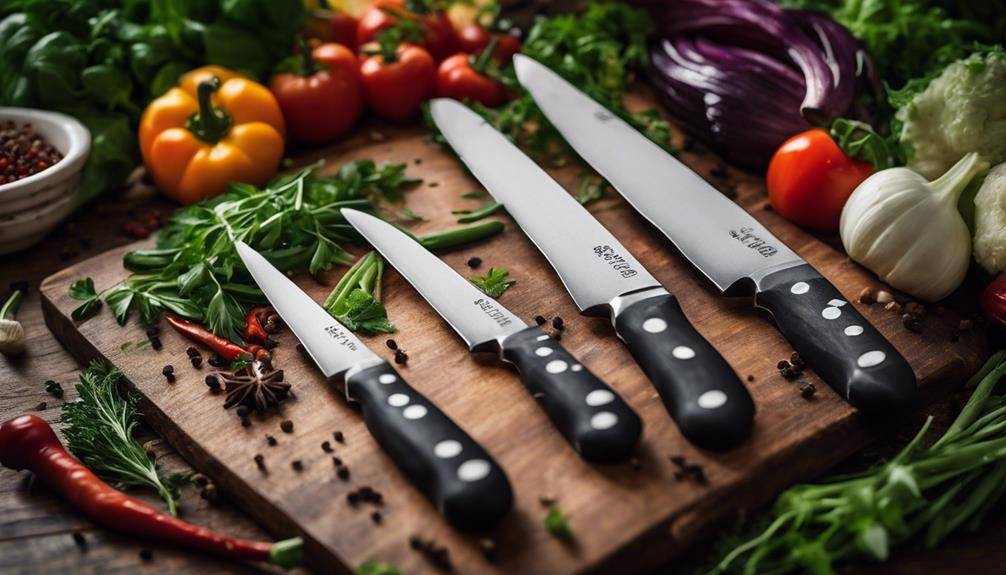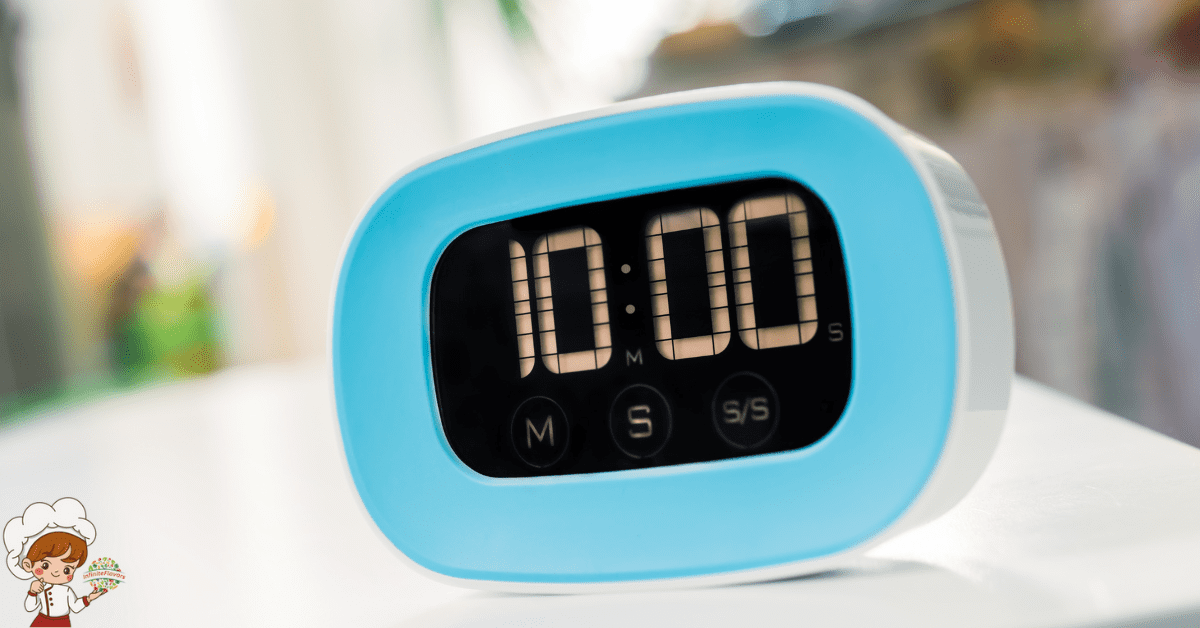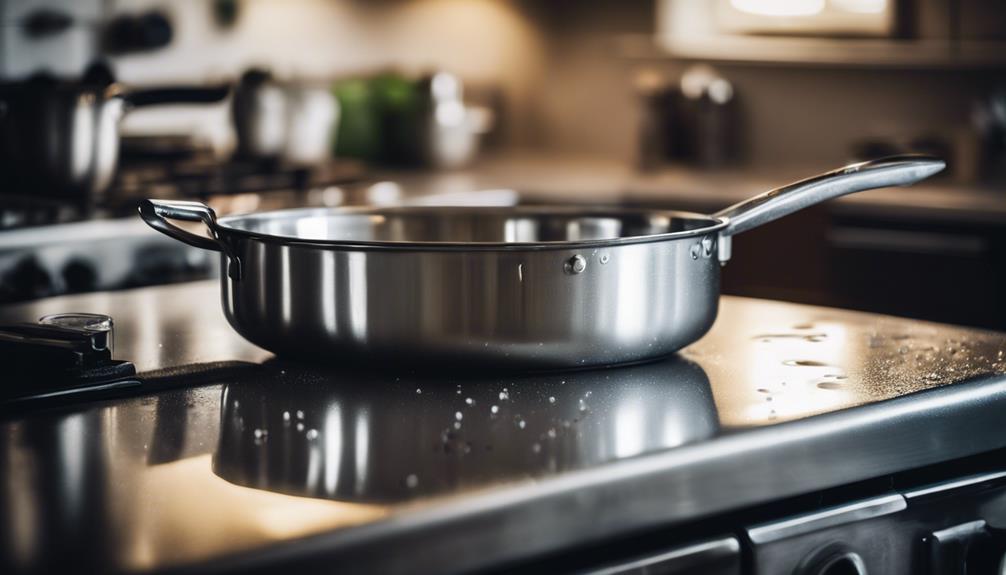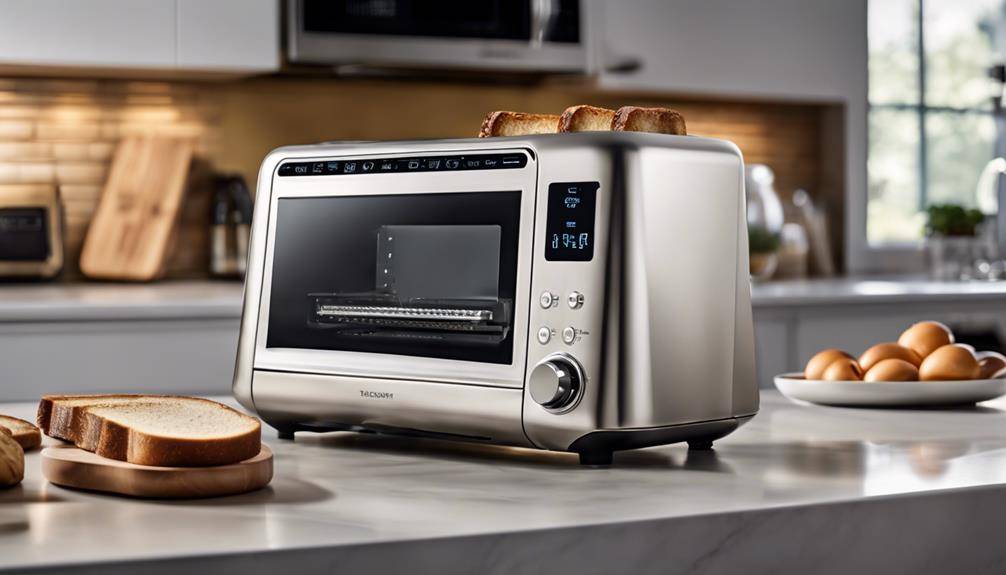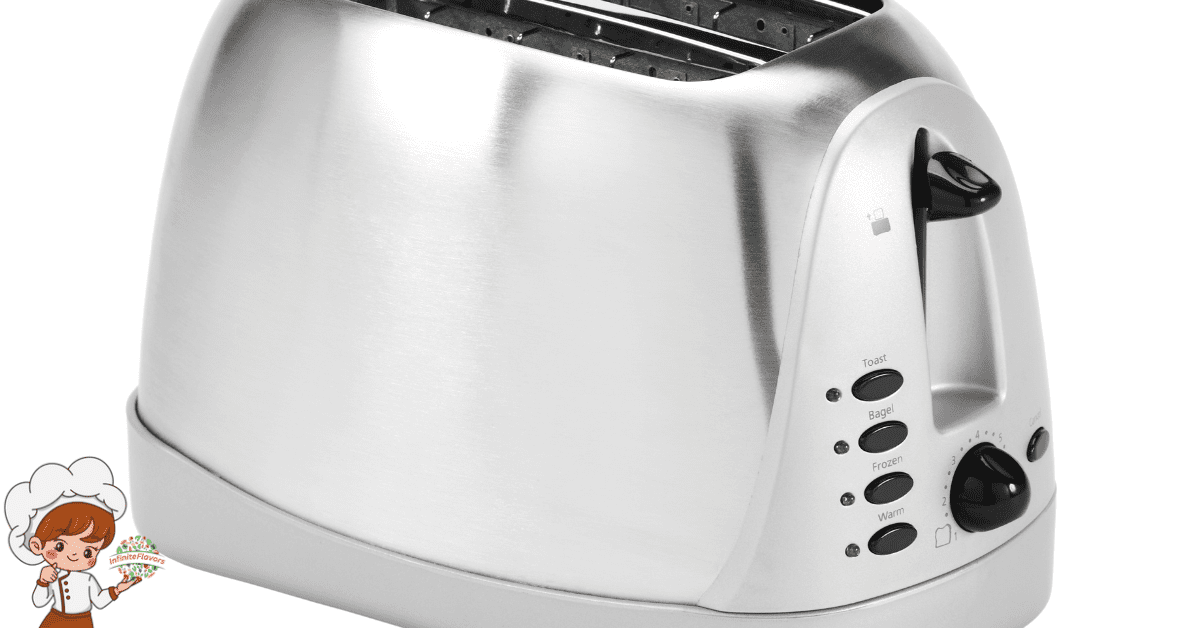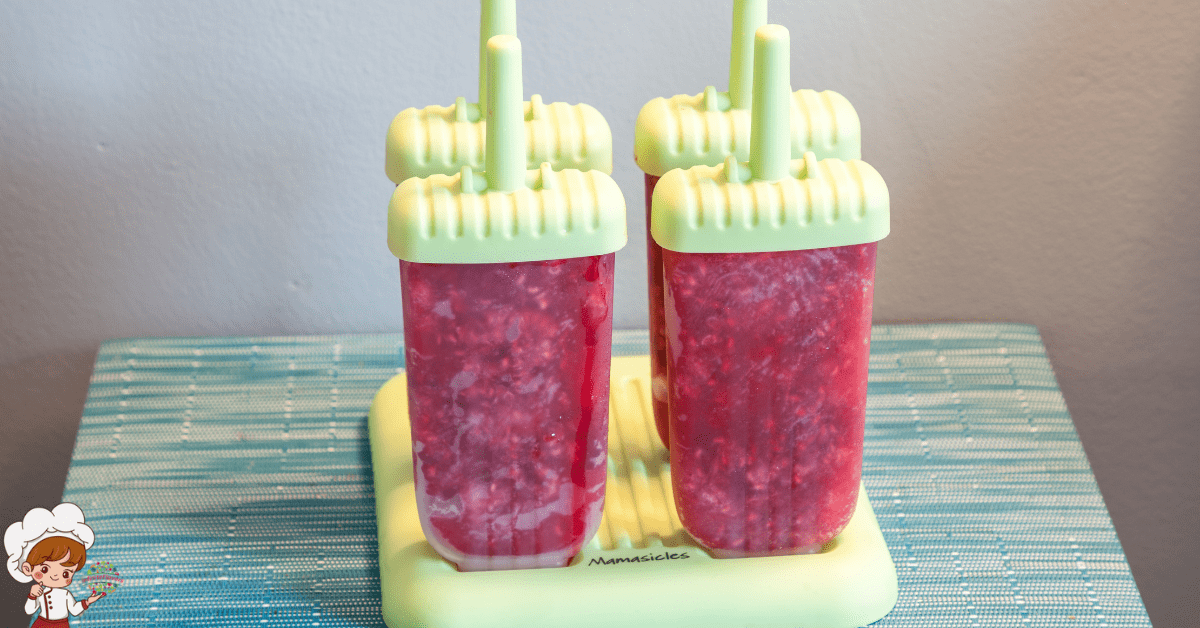Must-Have Cooking Tools For New Cooks
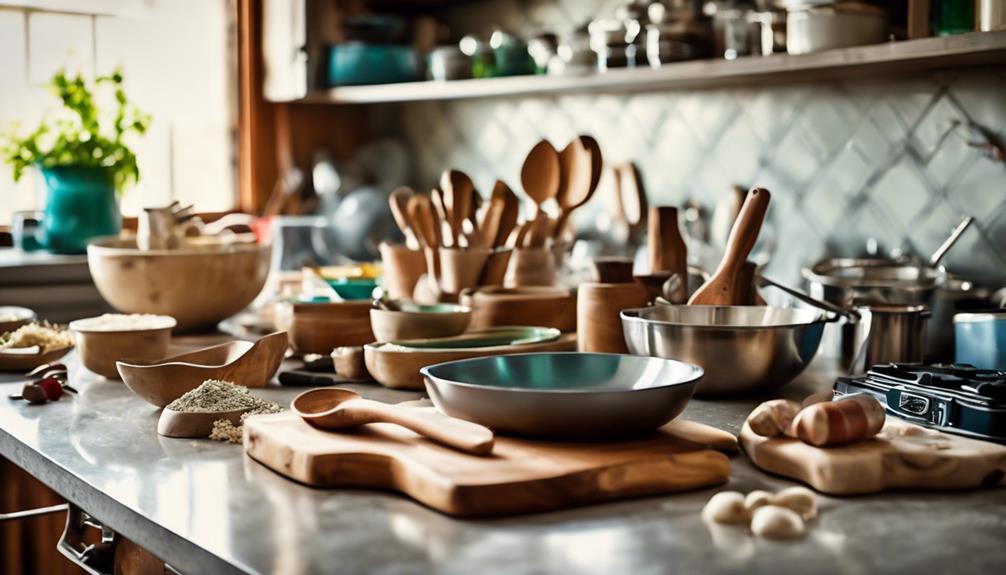
As a new cook, you’ll want to stock your kitchen with some Must-Have Cooking Tools For New Cooks. Start with a chef’s knife and a sturdy cutting board for efficient prep work. Measuring cups and spoons are essential for getting ingredient quantities just right. Mixing bowls in various sizes will help you keep things organized. Don’t forget a peeler for fruits and veggies and tongs for easy food handling. A trusty whisk will be your go-to for sauces and dressings. With these basics, you’re well on your way to whipping up tasty dishes. Keep exploring, and you’ll uncover more essential tools to enhance your cooking journey.
Chef’s Knife
A chef’s knife is an essential tool in any kitchen, allowing you to chop, slice, and dice with precision. Mastering your knife skills is important for efficient cooking, and a good chef’s knife can make all the difference. With its versatile design, this knife typically features a broad blade, allowing you to tackle various tasks, from mincing garlic to slicing meat.
Understanding blade types is significant for choosing the right chef’s knife. Most chefs prefer a blade that’s around 8 to 10 inches long, striking a balance between control and versatility. High-carbon stainless steel blades are popular because they resist rust and maintain sharpness. You might also consider a Damascus blade, known for its stunning patterns and exceptional durability, though it often comes at a higher price.
When you hold a chef’s knife, focus on your grip. Use your dominant hand to hold the handle while pinching the blade with your thumb and forefinger for stability. This grip enhances your control, allowing you to execute precise cuts. Practicing your knife skills on a variety of ingredients will build your confidence and speed in the kitchen.
Incorporating a chef’s knife into your cooking routine not only elevates your meals but also enhances your culinary experience. Whether you’re preparing a simple salad or a complex dish, having this tool in hand makes your cooking journey smoother and more enjoyable. So, invest in a quality chef’s knife and start honing those knife skills!
Cutting Board
When you start cooking, your cutting board becomes an essential companion. You’ll want to contemplate the different types available and how to maintain them properly for longevity. Let’s explore what makes a cutting board a must-have tool in your kitchen.
Types of Cutting Boards
Choosing the right cutting board can make all the difference in your kitchen experience. When deciding between plastic vs wood, consider how you’ll use it. Plastic boards are generally easier to clean and more resistant to stains and odors, making them a great choice for raw meats and veggies. On the other hand, wood boards, especially hardwoods like maple or bamboo, offer a sturdier surface that can be gentler on your knives and can last longer with proper care.
Size considerations are also essential. A smaller board might be convenient for quick tasks or limited counter space, but it can be restrictive for larger meals. A larger cutting board provides more room for chopping and arranging ingredients, making meal prep more efficient. However, verify it fits in your kitchen storage and is manageable for you to handle.
Ultimately, the best cutting board is one that suits your cooking style and fits comfortably in your kitchen. Whether you choose plastic or wood, having the right size and material will enhance your cooking experience and make prep work a breeze.
Maintenance and Care Tips
To keep your cutting board in top shape, regular cleaning and proper maintenance are essential. Start by washing your board after each use with warm, soapy water. Avoid soaking it, as excessive moisture can warp the wood. For tougher stains or odors, use a cleaning technique that involves a paste of baking soda and water, scrubbing gently with a cloth. Rinse and dry your board immediately to prevent damage.
Every few weeks, apply a food-safe mineral oil or conditioning oil to maintain its luster and prevent cracking. This step also helps to seal any small cuts or grooves where bacteria can hide. When not in use, consider implementing utensil storage solutions to keep your cutting board away from heat and moisture. Store it in a cool, dry place, vertically if possible, to avoid warping.
Measuring Cups
Measuring cups are essential tools that guarantee precision in your cooking and baking endeavors. Using the right measuring cup types is vital, as each serves a specific purpose. Generally, you’ll find liquid measuring cups, which usually have spouts for easy pouring, and dry measuring cups, designed for measuring solid ingredients. It’s important to choose the right type to confirm measuring cup accuracy.
When you’re using liquid measuring cups, look for clear markings to help you gauge the amount accurately. These cups typically hold a range of measurements, from ounces to liters, and are often made of glass or plastic. Dry measuring cups, on the other hand, come in sets that include various sizes, such as ¼ cup, ½ cup, and 1 cup. To get the most out of your dry measuring cups, fill them to the top without packing the ingredient down, then level off with a straight edge for precise measurements.
Remember that even a small discrepancy can lead to significant differences in your final dish. So, whether you’re baking a cake or cooking a savory dish, having the correct measuring cup can make all the difference. Investing in a good set of measuring cups will help you avoid common mistakes and improve your cooking skills. With practice, you’ll develop a knack for measuring, confirming your culinary creations turn out just as you intended.
Measuring Spoons
A good set of measuring spoons is indispensable for accurately adding small quantities of ingredients in your recipes. They guarantee consistency and precision, which are key to achieving the best results in your cooking. When choosing your measuring spoons, you’ll encounter various measuring spoon types, including standard sets that typically range from 1/4 teaspoon to 1 tablespoon. Some sets even include additional sizes, like 1/8 teaspoon, which can be handy for more exact measurements.
You’ll also want to take into account the measuring spoon materials. Stainless steel is a popular choice due to its durability and resistance to corrosion, making it easy to clean and long-lasting. Plastic measuring spoons are lightweight and often come in vibrant colors, but they may not hold up as well over time, especially with hot liquids. You might also find silicone measuring spoons, which are flexible and can make it easier to scrape out sticky ingredients.
When using measuring spoons, be sure to fill the spoon to the brim and level it off for accuracy. This practice is essential, especially when baking, where precision matters. Keep your measuring spoons within easy reach in your kitchen, so you can quickly grab them when you need to measure spices, baking powder, or other small amounts of ingredients. Investing in a quality set will enhance your cooking experience and boost your confidence in the kitchen.
Mixing Bowls
When you’re preparing meals, having a reliable set of mixing bowls can make all the difference in your cooking process. A good collection of mixing bowls allows you to efficiently mix, whisk, and combine ingredients, helping you stay organized while you cook. You’ll find that investing in various bowl sizes is essential; smaller bowls are perfect for chopping herbs or mixing dressings, while larger bowls are ideal for whipping up batters or tossing salads.
Different bowl materials can also impact your cooking experience. Stainless steel bowls are durable and easy to clean, making them a favorite among many cooks. Glass bowls are great for visibility, allowing you to see your mixture’s consistency, and they can be used in the microwave for melting ingredients. Plastic bowls are lightweight and often come in vibrant colors, but be cautious with heat, as they can warp or stain.
Consider your needs when choosing bowl sizes and materials. If you often whip up large batches, a set of nesting bowls in graduated sizes will save space and provide versatility. On the other hand, if you prefer making single servings or small dishes, a few smaller bowls will suit you just fine.
Non-Stick Skillet
A non-stick skillet is a game changer in your kitchen, making it easy to release food without a mess. You’ll find it’s versatile for everything from sautéing vegetables to frying eggs. With this tool, cooking becomes simpler and more enjoyable.
Easy Food Release
Non-stick skillets make cooking and cleaning a breeze, allowing your dishes to slide right out with minimal effort. These non-stick surfaces are perfect for new cooks, as they minimize the chances of food sticking and burning. You’ll find that scrambled eggs, pancakes, and sautéed vegetables come out easily, leaving you with more time to enjoy your meal and less time scrubbing pots.
When using non-stick skillets, it’s vital to choose the right utensils. Opt for silicone or wooden tools to avoid scratching the coating. With proper care, you’ll maintain the effectiveness of the non-stick surface, ensuring excellent food release every time you cook.
Another tip is to use a small amount of oil or butter, even on non-stick surfaces. This not only enhances flavor but also promotes easier food release.
Cleaning up is simple, too. Just wipe the skillet with a damp cloth or sponge, and you’re done! Embracing the convenience of non-stick skillets will elevate your cooking experience, making it enjoyable and stress-free. Start your culinary journey with these essential tools, and you’ll soon appreciate the ease they bring to your kitchen.
Versatile Cooking Options
With a non-stick skillet in your kitchen, you can explore a variety of cooking options that make meal preparation both quick and enjoyable. This essential tool allows you to utilize multi cooking methods, whether you’re sautéing vegetables, frying eggs, or searing meat. The non-stick surface guarantees that food releases easily, which means less time scrubbing dishes afterward.
One of the best features of a non-stick skillet is its adaptability for meal prep. You can effortlessly whip up a week’s worth of meals, from stir-fries to frittatas. It’s ideal for one-pan dishes, allowing you to cook multiple ingredients simultaneously without worrying about sticking.
When it comes to versatility, a non-stick skillet shines. You can use it on various stovetops, including gas, electric, and induction, making it a reliable choice for any kitchen setup. Plus, it’s lightweight and easy to handle, making your cooking experience more enjoyable.
Investing in a quality non-stick skillet opens up countless cooking possibilities, transforming your approach to meal preparation and helping you build confidence in the kitchen.
Baking Sheet
Baking sheets are essential tools in your kitchen, allowing you to evenly cook a variety of dishes, from cookies to roasted vegetables. With the right baking techniques, you can maximize their potential, ensuring your meals come out perfectly every time.
When shopping for baking sheets, you’ll find several sheet varieties, including half-sheet, quarter-sheet, and even rimmed options. Half-sheet pans are particularly versatile and fit easily in most ovens, making them ideal for large batches of cookies or sheet cakes. Quarter-sheet pans are great for smaller portions or side dishes. Rimmed baking sheets are perfect for preventing spills, especially when roasting veggies or baking desserts that might bubble over.
For best results, consider choosing non-stick or aluminum sheets. Non-stick sheets are excellent for delicate items like cookies, preventing them from sticking. Meanwhile, aluminum sheets conduct heat well, ensuring even browning.
Remember to line your baking sheets with parchment paper or silicone mats for easy cleanup and added non-stick benefits. Experimenting with various baking techniques, like roasting or broiling, can also enhance the flavors of your dishes.
With a reliable baking sheet in hand, you’ll find that your confidence in the kitchen grows. Don’t hesitate to explore different recipes and techniques, as mastering the baking sheet can lead to endless culinary possibilities. Happy baking!
Saucepan
A saucepan is a fundamental kitchen tool that lets you easily simmer, boil, and prepare a variety of delicious sauces and soups. When you’re starting out, choosing the right saucepan can make a big difference in your cooking experience. There are several saucepan types to evaluate, each serving different purposes. For everyday use, a medium-sized saucepan with a lid is ideal for tasks like cooking pasta or making rice. If you’re looking to make sauces, a smaller saucepan works well, giving you better control over heat and ingredients.
When it comes to saucepan materials, you’ll find options like stainless steel, non-stick, and cast iron. Stainless steel is durable and resistant to corrosion, making it perfect for recipes that involve acidic ingredients. Non-stick saucepans are great for easy cleanup, especially if you’re cooking delicate items like eggs or sauces that can burn easily. Cast iron, while heavier, retains heat exceptionally well, making it perfect for slow-cooked sauces.
As you explore different saucepan types and materials, think about how you cook and what dishes you enjoy making. Investing in a quality saucepan can elevate your culinary skills and make your kitchen adventures more enjoyable. Remember, the right tools can inspire you to try new recipes and techniques, so don’t hesitate to experiment with your saucepan!
Stockpot
Stockpots are essential for anyone who loves to make large batches of soups, stews, or pasta dishes, allowing you to cook plenty of food at once. When you invest in a good stockpot, you open the door to a world of delicious stockpot recipes that can feed a crowd or provide leftovers for the week ahead.
You’ll find stockpots in various materials, each with its own advantages. Stainless steel is a popular choice for its durability and non-reactive nature, making it great for acidic ingredients like tomatoes. If you prefer even heat distribution, look for a heavy-bottomed aluminum or copper stockpot. Enamel-coated options are also available, combining the benefits of cast iron with easy cleaning.
When choosing a stockpot, consider the size that fits your cooking needs. A 6-quart pot is perfect for smaller families, while a larger 12-quart or more is ideal for batch cooking or gatherings. You’ll want a pot with a tight-fitting lid to trap steam and moisture, enhancing the flavors of your stockpot recipes.
As you start experimenting, don’t be afraid to make your own stock or broth in your stockpot. Simply simmer bones, vegetables, and herbs together, and you’ll have a rich foundation for countless meals. Whether you’re making a hearty chili or a comforting chicken noodle soup, your stockpot will become your go-to tool for delicious, satisfying meals.
Wooden Spoon
A wooden spoon is a versatile kitchen essential you won’t want to be without. Its durable material holds up to heat and won’t scratch your pots and pans, making it a smart choice for any cook. Plus, cleaning it is a breeze, so you can focus more on preparing delicious meals.
Versatile Kitchen Essential
Wooden spoons are indispensable tools in the kitchen, effortlessly mixing, stirring, and serving a variety of dishes. As a new cook, you’ll quickly realize that these versatile kitchen essentials are among the best multi-purpose gadgets you can have. Whether you’re whipping up a creamy risotto or sautéing vegetables, a wooden spoon will help you achieve the perfect texture without scratching your cookware.
One of the biggest advantages of using wooden spoons is their heat resistance. Unlike plastic, they won’t melt or warp when exposed to high temperatures. Plus, they don’t conduct heat, so you won’t burn your hands while cooking. When you’re preparing sauces or soups, you can rely on them to scrape the bottom of the pot, ensuring nothing gets left behind.
These essential appliances are incredibly easy to clean, too. Just a quick wash with soap and water will keep them in great shape. Investing in a couple of different sizes will expand your cooking repertoire. So, whether you’re stirring, mixing, or serving, having a trusty wooden spoon by your side will make your culinary journey much more enjoyable.
Durable Material Benefits
Choosing wooden spoons made from durable materials guarantees they’ll withstand the rigors of daily cooking without warping or cracking. When you pick a solid wooden spoon, you’re investing in material durability that lasts. Unlike plastic or metal, high-quality wood retains its shape and can handle vigorous stirring and mixing.
One of the standout features of wooden spoons is their impressive heat resistance. You won’t have to worry about them melting or becoming too hot to handle when you’re cooking at high temperatures. This means you can safely use them in hot pots and pans without risking damage to the spoon or your hands.
Additionally, wooden spoons are gentle on your cookware, preventing scratches on non-stick surfaces. They won’t leach chemicals into your food, making them a safe choice for all your culinary creations. Plus, their classic look adds a touch of warmth to your kitchen.
Easy to Clean
Cleaning wooden spoons is a breeze, as they simply require a quick wash with warm soapy water and a thorough rinse to keep them looking great. Unlike some other kitchen utensils, wooden spoons don’t absorb odors or flavors, making them ideal for a variety of dishes. When you’re done cooking, just grab a sponge or dishcloth, and use simple cleaning techniques to guarantee your spoons remain pristine.
If you’re pressed for time, wooden spoons can be a real time-saving tool in your kitchen. Since they’re easy to clean, you won’t waste precious minutes scrubbing away at stubborn residues. Just remember to avoid soaking them in water for long periods or placing them in the dishwasher, as this can warp the wood and reduce their lifespan.
To maintain their quality, you might occasionally rub them with mineral oil, which not only keeps them looking polished but also helps prevent cracking. With minimal effort, your wooden spoons will be ready for your next culinary adventure. Embrace the simplicity of caring for these tools, and you’ll find they enhance your cooking experience while keeping cleanup quick and easy.
Colander
A colander is an essential kitchen tool that makes draining pasta and washing vegetables quick and easy. You’ll find it invaluable, especially when you’re tackling those big cooking projects. There are various colander types to fit your needs, including stainless steel, plastic, and silicone. Stainless steel colanders are durable and often have a more professional look, while plastic ones are lightweight and come in fun colors. Silicone colanders are collapsible, saving you precious storage space while providing flexibility.
Colander uses extend beyond just draining pasta. You can rinse quinoa, wash leafy greens, or even strain yogurt to make creamy dips. Its design, featuring small holes, allows liquid to escape while keeping your food intact. When you’re preparing meals, having a colander handy saves you time and effort, allowing you to focus on what matters most—cooking delicious food.
When choosing the right colander, consider the size and material based on your cooking habits. If you frequently prepare large quantities of food, opt for a bigger colander. For smaller dishes, a compact one will do just fine. Don’t forget to clean your colander after each use; it’s easy to rinse under hot water or toss in the dishwasher.
In short, a colander isn’t just a nice-to-have; it’s a must-have for anyone stepping into the culinary world. It’ll make your cooking experience smoother and more enjoyable, so go ahead and add one to your kitchen arsenal!
Peeler
While a colander helps with draining and rinsing, a peeler is your go-to tool for effortlessly removing skins from fruits and vegetables. Whether you’re preparing potatoes, carrots, or apples, using a peeler can save you time and energy in the kitchen.
There are several peeler types to choose from, each designed for specific tasks. The most common is the standard swivel peeler, which features a blade that moves as you peel, allowing for smooth, easy strokes. If you’re working with delicate fruits, a serrated peeler can be useful as it grips the skin without damaging the flesh. For those who prefer precision, a julienne peeler creates thin strips, perfect for garnishes or salads.
Peeler maintenance is essential to guarantee it stays sharp and effective. After each use, rinse your peeler under warm water and wipe it clean with a cloth. Avoid soaking it, as this could lead to rusting, especially with metal peelers. If your peeler has a removable blade, take time to replace it when it becomes dull. A sharp peeler not only makes your task easier but also keeps you safe by reducing the need for excessive pressure while peeling.
With the right peeler in your kitchen toolkit, you’ll find meal prep becomes a breeze. So, grab that peeler and start whipping up delicious, skin-free creations with confidence!
Tongs
Tongs are essential for flipping, grabbing, and serving food with ease and precision in the kitchen. They come in various tongs types, each designed for specific tasks. For example, silicone-tipped tongs are perfect for non-stick cookware, while stainless steel tongs are great for grilling and handling hot foods. You can also find locking tongs that allow for easy storage, making them a convenient addition to any kitchen.
One of the key tongs benefits is their versatility. You can use them for everything from tossing salads to flipping burgers on the grill. Unlike forks or spatulas, tongs provide a firm grip, allowing you to handle foods without piercing or damaging them. This is especially useful when you’re dealing with delicate items like asparagus or grilled fish.
Tongs also help keep your hands clean and minimize mess. You won’t need to touch raw meats or hot foods directly, which reduces the risk of burns and cross-contamination. Moreover, the long reach of tongs keeps you at a safe distance from heat sources, ensuring you stay safe while cooking.
Investing in a good pair of tongs is a smart move for any new cook. With the right tongs in your kitchen, you’ll find cooking becomes more enjoyable and efficient. So, don’t underestimate this simple tool; it’s a game-changer that can elevate your cooking experience.
Whisk
When it comes to whisking, knowing the different types of whisks can make all the difference in your cooking. You’ll also want to master various whisking techniques to achieve the perfect texture, whether you’re blending batter or whipping cream. Let’s explore what you need to know to get started.
Types of Whisks
There are several types of whisks designed for different cooking tasks, each offering unique benefits to enhance your culinary experience. When you’re picking out a whisk, you’ll find whisk types like the balloon whisk, which is perfect for whipping air into creams and eggs. The larger, rounded shape allows for maximum aeration. Then there’s the flat whisk, ideal for mixing sauces directly in a pan, as its shape can reach the edges easily.
If you’re working with thicker mixtures, a silicone whisk is your best friend. It won’t scratch your non-stick cookware, and it’s heat-resistant, making it versatile for many tasks. Another popular whisk type is the French whisk, which has a narrower shape that’s great for blending small amounts of ingredients.
When it comes to whisk materials, stainless steel is a durable choice that withstands high heat and is easy to clean. On the other hand, silicone whisks are gentler on your cookware. By understanding these whisk types and materials, you can choose the right tool for your cooking needs, making your culinary adventures more enjoyable and efficient.
Whisking Techniques Explained
Mastering whisking techniques can elevate your cooking, allowing you to achieve perfect textures and flavors in your dishes. Whether you’re whipping cream, beating eggs, or mixing batter, the right techniques make all the difference.
Start by holding the whisk firmly with your dominant hand, and use your other hand to steady the bowl. For a light and airy texture, like when making meringue, use quick, circular motions, incorporating air into the mixture. If you’re blending sauces or dressings, a more vigorous back-and-forth motion works best.
One of the most useful whisking tips is to always whisk in a figure-eight pattern. This technique guarantees even mixing and prevents clumping, especially in dry ingredients. When whisking egg whites, make sure your bowl is completely clean and dry; any grease can obstruct their ability to whip up properly.
Lastly, don’t rush! Take your time to achieve the desired consistency. With practice, these whisking techniques will become second nature, and you’ll notice a significant improvement in your dishes. So grab that whisk and start experimenting!
Can Opener
A reliable can opener is essential for effortlessly accessing your favorite canned goods. Whether you’re diving into a can of tomatoes for your pasta sauce or grabbing some beans for a quick chili, having the right can opener makes all the difference. You’ve got two main options: the manual can opener and the electric can opener.
A manual can opener is a classic choice. It’s simple, portable, and doesn’t require batteries or electricity. Just grip the handles, puncture the lid, and turn the knob. With a little practice, you’ll master it in no time. Plus, they tend to be more affordable and come in various designs, so you can pick one that fits your style and needs.
On the other hand, if you’re looking for convenience, an electric can opener might be your best bet. With just the push of a button, it quickly and effortlessly opens cans without much effort on your part. This is especially helpful if you have limited hand strength or just want to save time in the kitchen. Electric can openers often come with safety features, like automatic shut-off, ensuring that they’re user-friendly and safe.
Ultimately, the choice between a manual can opener and an electric can opener boils down to your personal preference and cooking needs. Whichever you choose, having a reliable can opener in your kitchen will make accessing those canned goods a breeze.
Frequently Asked Questions: Must-Have Cooking Tools For New Cooks
How Do I Maintain My Cooking Tools for Longevity?
To maintain your cooking tools for longevity, use proper cleaning techniques to prevent rust and wear. Additionally, implement effective storage solutions, keeping items dry and organized, ensuring they’re ready for use whenever you need them.
What Are the Best Materials for Cooking Tools?
When choosing the best materials for cooking tools, consider stainless steel for durability and non-stick surfaces for easy food release. Each material has its advantages, so pick what suits your cooking style and preferences best.
Can I Substitute Some Cooking Tools With Household Items?
Yes, you can definitely substitute some cooking tools with household items! Embrace kitchen hacks and make creative substitutions, like using a mug instead of a measuring cup, to keep your cooking fun and resourceful.
Are There Eco-Friendly Options for Cooking Tools?
You can choose sustainable utensils like bamboo kitchenware, which are biodegradable and renewable. These eco-friendly options not only reduce waste but also add a natural touch to your cooking experience. You’ll love them!
How Can I Organize My Kitchen Tools Efficiently?
To organize your kitchen tools efficiently, consider your kitchen layout. Group similar tools together for easy access, using drawer dividers or hanging racks. This boosts tool accessibility, making cooking smoother and more enjoyable for you.
Conclusion
With these must-have cooking tools, you’ll be well on your way to mastering the kitchen. A chef’s knife and cutting board will make prep work a breeze, while measuring cups and spoons guarantee accuracy in your recipes. Mixing bowls, a peeler, tongs, and a whisk will help you tackle a variety of tasks with ease. Don’t forget a can opener for those pantry staples! Get ready to release your culinary creativity and enjoy every moment of cooking!



